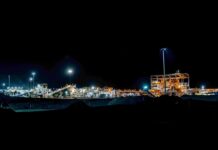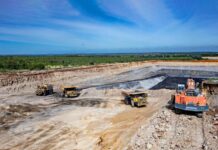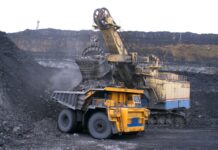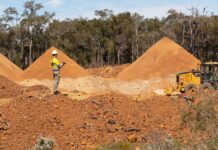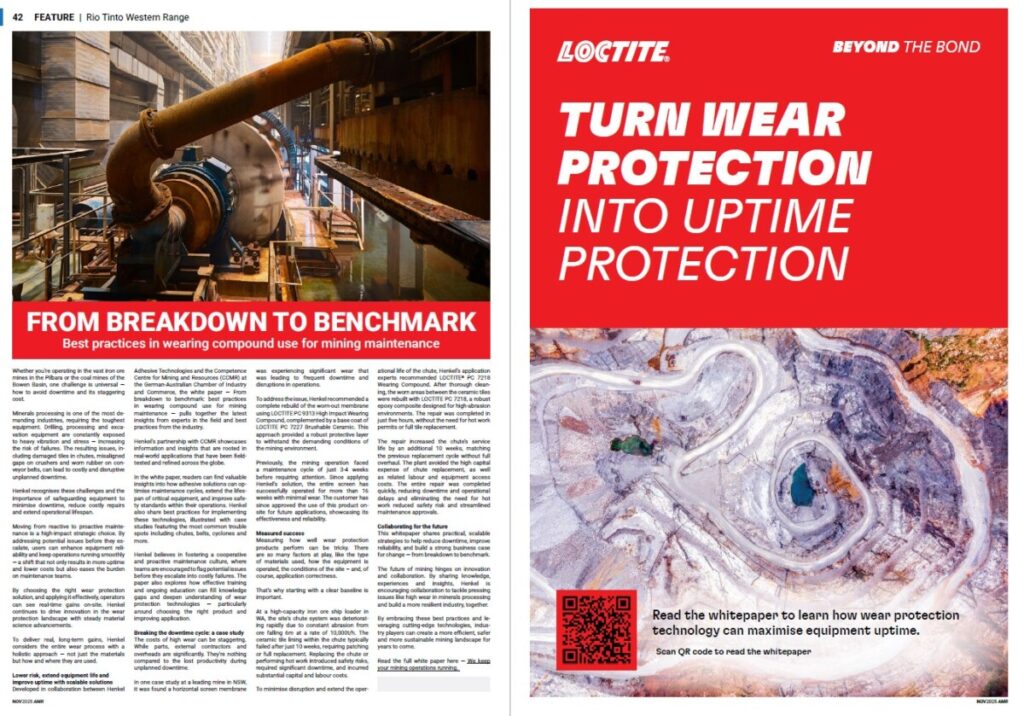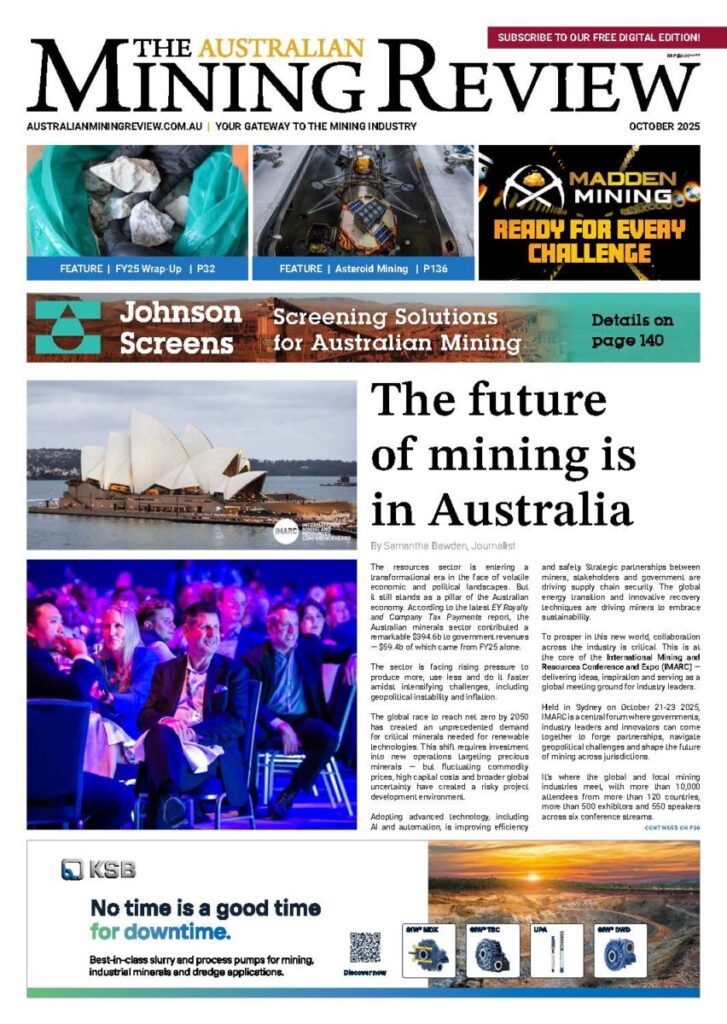From breakdown to benchmark
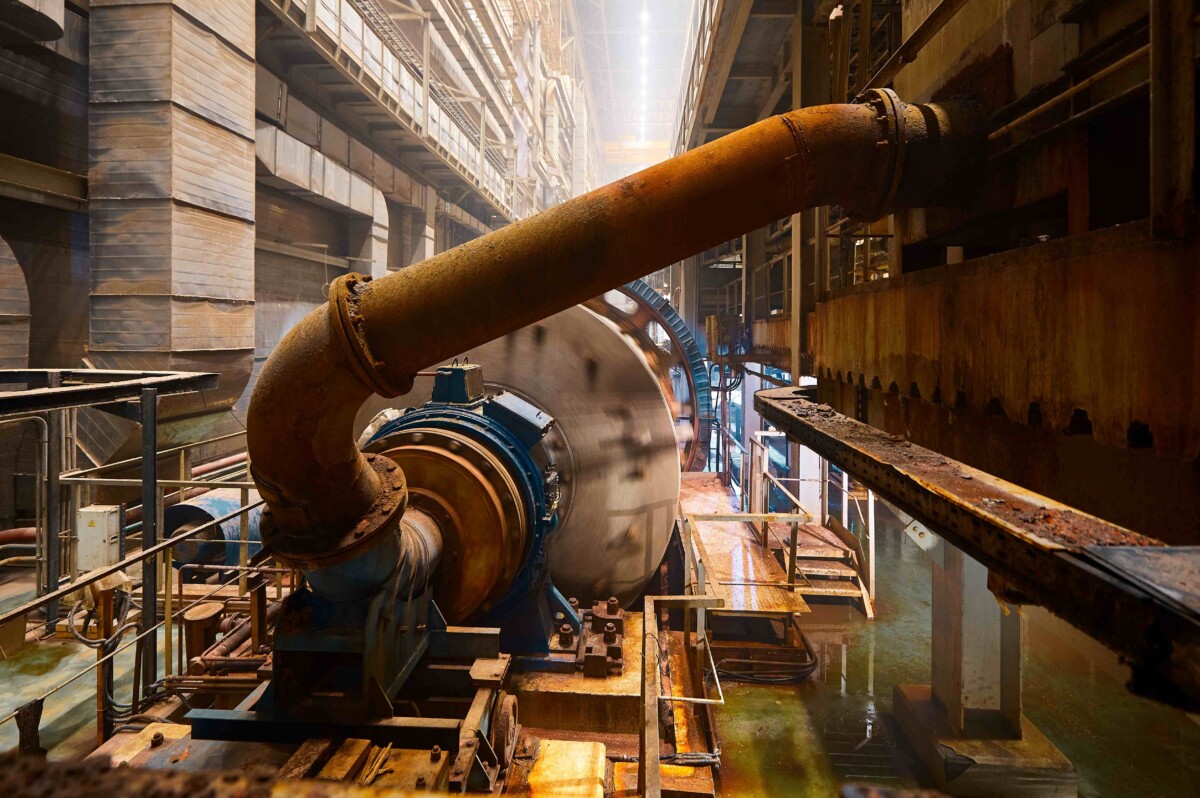
Best practices in wearing compound use for mining maintenance
Whether you’re operating in the vast iron ore mines in the Pilbara or the coal mines of the Bowen Basin, one challenge is universal — how to avoid downtime and its staggering cost.
Minerals processing is one of the most demanding industries, requiring the toughest equipment. Drilling, processing and excavation equipment are constantly exposed to heavy vibration and stress — increasing the risk of failures. The resulting issues, including damaged tiles in chutes, misaligned gaps on crushers and worn rubber on conveyor belts, can lead to costly and disruptive unplanned downtime.
Henkel recognises these challenges and the importance of safeguarding equipment to minimise downtime, reduce costly repairs and extend operational lifespan.
Moving from reactive to proactive maintenance is a high-impact strategic choice. By addressing potential issues before they escalate, users can enhance equipment reliability and keep operations running smoothly — a shift that not only results in more uptime and lower costs but also eases the burden on maintenance teams.
By choosing the right wear protection solution, and applying it effectively, operators can see real-time gains on-site. Henkel continues to drive innovation in the wear protection landscape with steady material science advancements.
To deliver real, long-term gains, Henkel considers the entire wear process with a holistic approach — not just the materials but how and where they are used.
Lower risk, extend equipment life and improve uptime with scalable solutions
Developed in collaboration between Henkel Adhesive Technologies and the Competence Centre for Mining and Resources (CCMR) at the German-Australian Chamber of Industry and Commerce, the white paper — From breakdown to benchmark: best practices in wearing compound use for mining maintenance — pulls together the latest insights from experts in the field and best practices from the industry.
Henkel’s partnership with CCMR showcases information and insights that are rooted in real-world applications that have been field-tested and refined across the globe.
In the white paper, readers can find valuable insights into how adhesive solutions can optimise maintenance cycles, extend the lifespan of critical equipment, and improve safety standards within their operations. Henkel also share best practices for implementing these technologies, illustrated with case studies featuring the most common trouble spots including chutes, belts, cyclones and more.
Henkel believes in fostering a cooperative and proactive maintenance culture, where teams are encouraged to flag potential issues before they escalate into costly failures. The paper also explores how effective training and ongoing education can fill knowledge gaps and deepen understanding of wear protection technologies — particularly around choosing the right product and improving application.
Breaking the downtime cycle: a case study
The costs of high wear can be staggering. While parts, external contractors and overheads are significantly. They’re nothing compared to the lost productivity during unplanned downtime.
In one case study at a leading mine in NSW, it was found a horizontal screen membrane was experiencing significant wear that was leading to frequent downtime and disruptions in operations.
To address the issue, Henkel recommended a complete rebuild of the worn-out membrane using LOCTITE PC 9313 High Impact Wearing Compound, complemented by a base coat of LOCTITE PC 7227 Brushable Ceramic. This approach provided a robust protective layer to withstand the demanding conditions of the mining environment.
Previously, the mining operation faced a maintenance cycle of just 3-4 weeks before requiring attention. Since applying Henkel’s solution, the entire screen has successfully operated for more than 16 weeks with minimal wear. The customer has since approved the use of this product on-site for future applications, showcasing its effectiveness and reliability.
Measured success
Measuring how well wear protection products perform can be tricky. There are so many factors at play, like the type of materials used, how the equipment is operated, the conditions of the site – and, of course, application correctness.
That’s why starting with a clear baseline is important.
At a high-capacity iron ore ship loader in WA, the site’s chute system was deteriorating rapidly due to constant abrasion from ore falling 6m at a rate of 10,000t/h. The ceramic tile lining within the chute typically failed after just 10 weeks, requiring patching or full replacement. Replacing the chute or performing hot work introduced safety risks, required significant downtime, and incurred substantial capital and labour costs.
To minimise disruption and extend the operational life of the chute, Henkel’s application experts recommended LOCTITE® PC 7218 Wearing Compound. After thorough cleaning, the worn areas between the ceramic tiles were rebuilt with LOCTITE PC 7218, a robust epoxy composite designed for high-abrasion environments. The repair was completed in just five hours, without the need for hot work permits or full tile replacement.
The repair increased the chute’s service life by an additional 10 weeks, matching the previous replacement cycle without full overhaul. The plant avoided the high capital expense of chute replacement, as well as related labour and equipment access costs. The entire repair was completed quickly, reducing downtime and operational delays and eliminating the need for hot work reduced safety risk and streamlined maintenance approvals.
Collaborating for the future
This whitepaper shares practical, scalable strategies to help reduce downtime, improve reliability, and build a strong business case for change — from breakdown to benchmark.
The future of mining hinges on innovation and collaboration. By sharing knowledge, experiences and insights, Henkel is encouraging collaboration to tackle pressing issues like high wear in minerals processing and build a more resilient industry, together.
By embracing these best practices and leveraging cutting-edge technologies, industry players can create a more efficient, safer and more sustainable mining landscape for years to come.
Read the full white paper here — We keep your mining operations running.






